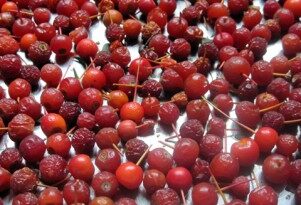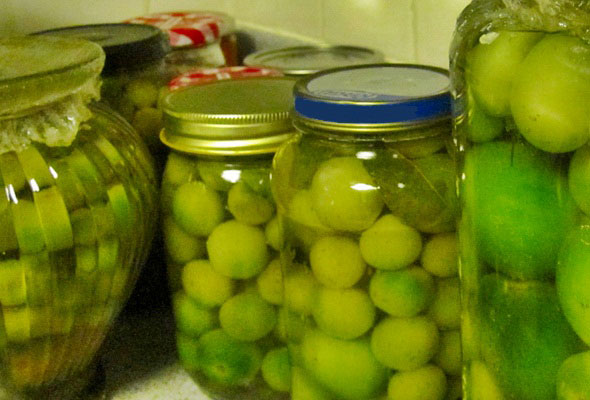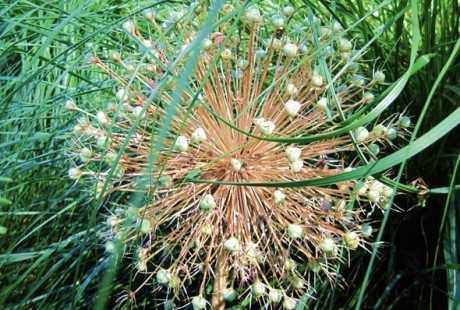Purple Sage
Please admire the mighty sage, which took over the herb garden during the summer, before I trim its expansionist habits. It bore clusters of lavender blue flowers last year, so pretty to behold that I ignored good gardening practices and didn’t prune it, and now I’m looking at the consequences. The marjoram didn’t last a month, and I really, really wanted to have it in the garden, therefore lady sage will be encouraged to behave itself this spring, so that it maintains an appropriate size, stops crowding the thyme and does not sprawl all over the lawn.
Sage is easily propagated by wood cuttings, so I’ve heard, but I never actually tried this method myself. I did try starting it from seed, and can attest to the fact that it isn’t an easy plant to propagate this way. This method does work, however, if you’ve got your heart set on using it. As a matter of fact, I think we might be looking at the seed started plant, but I can’t be sure.
It really likes clay, as you can tell, and I was surprised to learn that it too is evergreen, although during really frigid winters it will die down to the ground completely.
There are two basic types of herbs, and they like different growing conditions, so don’t mix them up in the border: the sun lovers – rosemary, lavender, sage, thyme, oregano, which thrive in dry soils and full sun, and the moisture lovers – mint, lemon balm, chives, parsley, dill, and basil, which need to be watered regularly and protected from excessive heat in order to be happy.
There is also a third category, which likes full sun, but needs to keep its roots cool and moist; lovage, marjoram and lemon verbena belong to this category. These herbs tend to take their time to adapt to a place, and will grow very large if they like their conditions, but that doesn’t happen very often.




 Previous Post
Previous Post Next Post
Next Post




